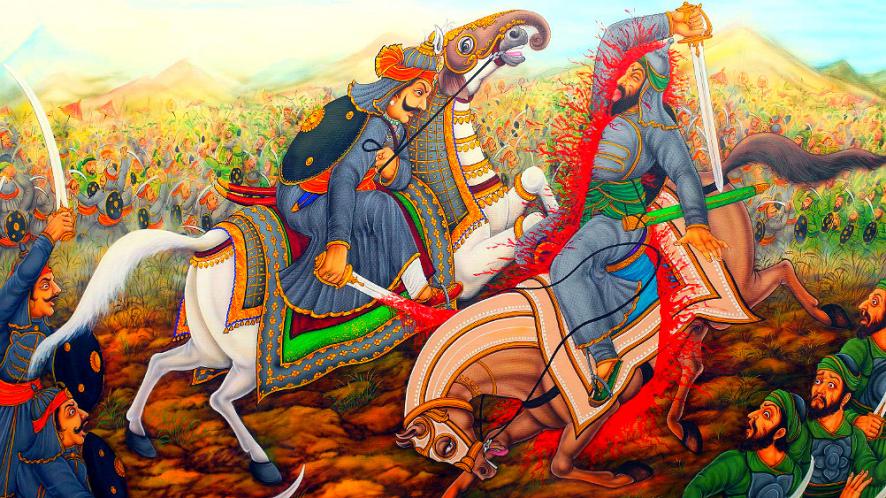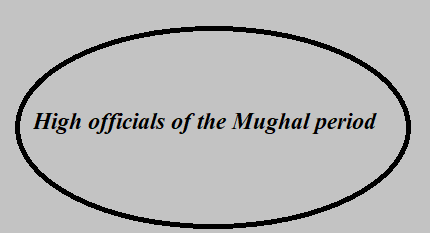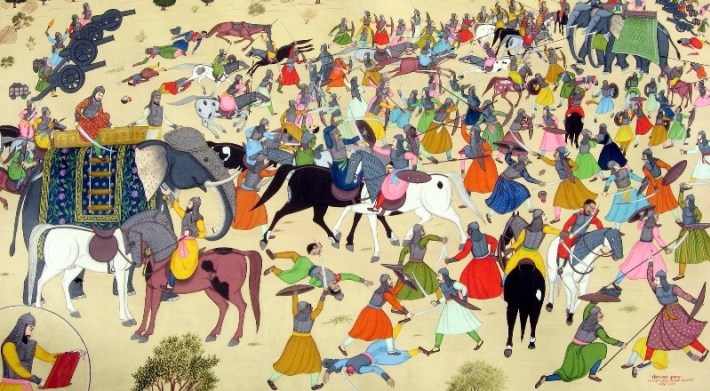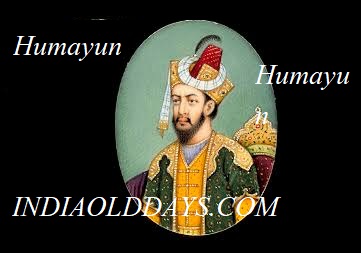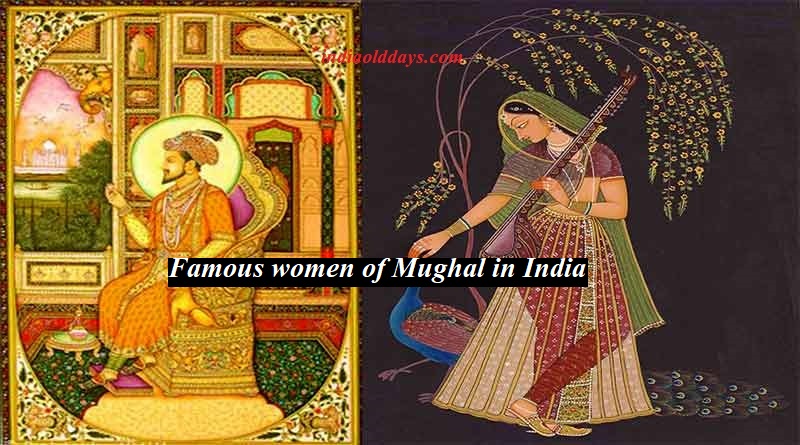Who was Muhammad bin Tughlaq? The idiot and the mad Sultan
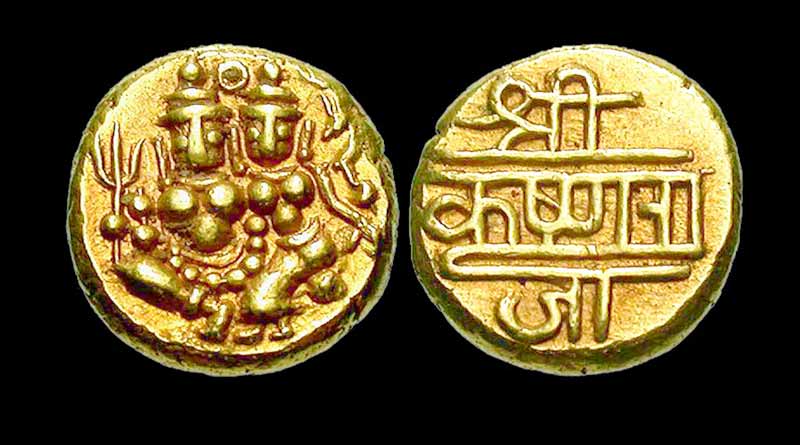
Muhammad bin Tughluq (1325-1351) – After the death of Geassudin Tughlaq, Jonah Khan was sitting on the throne of Delhi under the name of Muhammad bin Tughluq. This was the most learned Sultan of the Sultanate period. It issued gold coins – Dinar (200 grains), silver coins – idli (167 grains) and many other coins of other metals. It is called prince of coins.
It holds the title of Al-Sultan Zilli Allah (who is a supporter of God Sultan).
Muhammad bin Tughlaq composed the book, Insha-e-Mahru.
Muhammad bin Tughlaq is known by the names of crazy, eccentric, blood-pimping etc. in Indian history.
During the reign of Muhammad bin Tughluq, the Delhi Sultanate’s empire was the most elaborate.
In the sultans of Delhi Sultanate, Muhammad bin Tughluq was the ruler with the most singular personality. He was a great scholar of Arabic and Persian and was proficient in various disciplines of knowledge-science like astronomy, philosophy, mathematics, medicine, science, logic etc.
Muhammad bin Tughluq has been associated with several nouns.
“Awesome mix of contradictions” “blood thirsty or altruistic” etc.
1333 AD during its reign In the African traveler Ibnabatuta came to India. Sultan welcomed him and appointed Kanji of Delhi. In the capacity of Ambassador of Sultan Ibnbuttuta in 1342, the Chinese ruler went to the court of Tognan Kimur. This passenger mentioned about the events of Muhammad bin Tughluq in his book Rehla. In 1334 AD, the Chinese emperor, Tognatik, sent his ambassador to write permission from Muhammad bin Tughluq to renovate the Buddhist temples of Himachal Pradesh.
According to Ibnbattuta, the Tughlaq Empire was divided into 23 provinces at that time. Almost all India Hindus were under the control of Delhi Sultanate after leaving Kashmir and modern Balochistan.
1326-1337E Between Muhammad bin Tughluq conducted many administrative experiments. These experiments have been arranged by Barani, Farisatah, Ibnbattuta, Isami, as follows:
- Capital Transition (1326 AD)
- Tax increase in Doab
- Khorasan campaign
- Circulation of sign currency
- Karanchil campaign (1337 AD)
The most disputed plan in all these schemes is capital change.
Capital change-
It removed its capital from Delhi to Daulatabad. Devgiri’s name was Daulatabad before the capital change. Due to the capital change, two different scholars have told differently-
- According to pharishta – “Sultan wanted to punish the people of Delhi and burnt Delhi.”
- According to Ibnbattuta– “The people of Delhi used to write abusive letters to Sultan and therefore wanted to punish them.”
Valid vote- (i) Security of Delhi from Mongol invasion.
(ii) For effective administration, it was necessary to be in the center of the capital.
But this plan failed due to the non-support of the people of Delhi and according to the Isami Delhi resumed after 14 years. According to other historians, Sultan gave the right to re-settle in Delhi the following year.
One benefit of this scheme was that the culture of North India spread even in South India. Many Sufi and Muslim saints settled in Daulatabad and contributed to a coordinated culture.
Tax increase in Doab – (Ganga – Yamuna)
Muhammad bin Tughluq increased the land revenue tax in the Doab region to 50%. At this time the farmers of this area were suffering from famine. Farmers’ revolt happened. In order to calm down this rebellion and to increase production, Muhammad bin Tughluq established Dewan-e-Amir-Koi (Agriculture Department). This department provided loans to the farmers (Takavi / Songhar) to increase production.
Apart from this, the department had to emphasize on the expansion of agricultural land, the production of cannabis system in agriculture and production of crops by changing 2 crops and cash crops.
Muhammad bin Tughluq created a famine code for famine relief and created separate register of agricultural income. That’s where the famine policy started.
Despite all this the rebellion of the farmers did not end. On the other hand, this scheme was unsuccessful due to the corruption of officials, and in the last 3 years, 70 lakh tonnes of loan was distributed for agricultural reform and the agricultural reform plan was closed.
Khorasan Campaign (Mongol Region) –
The purpose of this scheme was as follows-
- Solving the problem of Mongol invasion.
- Increasing the income of the state with the expansion of the empire.
For this campaign, Sultan recruited more than one lakh soldiers and trained him and paid 1 year advance salary to the soldiers. In the meantime, the political situation changed in Khorasan, so Sultan canceled the Khorasan campaign and sacked the recruited soldiers, the soldiers were rebelled.
Symbolic Currency- (Prevalence of Token Money)
The objective of this scheme was as follows- Because of the lack of silver at the global level, it was referred to as symbolic currency, when the coins of copper (barani), bronze (brinjal) or bronze (ibn) were issued in the market, but Sultan Due to non-establishment of effective monitoring mechanism before running sign code and corruption of public and officials, there was a spate of fake coins in the market. And the plan failed.
Note: Kakhtu Khan, ruler of Iran, and Mongol ruler Qurbala Khan of East Iran, also used to carry sign language but Tuglak did the same in India.
Karanchil / Karjal campaign (Kumaon Himachal, Uttarakhand) (1337 AD) –
The aim of this campaign was to merge the small 2 Hindu rulers of the Kumaun region into the Sultanate. This area was a refuge site for the rebels of the Sultanate.
Inspired by this purpose, Sultan sent a great army under Khusro Malik’s leadership. After initial success, Khusro Malik advanced towards Tibet without the order of Sultan, where the entire army was destroyed due to the deviations of the route and the local invasion.
Due to the failure of the schemes-
The purpose of the schemes of Sultan was correct and far-reaching, but due to non-implementation of the schemes properly, due to non-cooperation and corruption of the public and the public good in the purpose and also failed. This resulted in economic losses to the state and rebellion in various sections which created the fall of the Delhi Sultanate.
Muhammad bin Tughluq prevented the ulama from interfering with administration, besides abolishing his privileges and also brought them to the periphery of justice (governing the ulemas).
Muhammad bin Tughlaq included two foreigners and Hindus along with Indian Muslims in the administration. Unhappy with this ulema.
Chief Hindu officers-
- Ratan – Revenue Officer
- Mercenary revenue officer
- Sairaj, Bhiruram, the stream was the highest one.
Chief Afghan Officer-
- Malik maakh
- Malik Shahu Lodi
Foreign officers – these were particularly scurrilous. Sultan used to call them ‘Izzah’.
In 1333 AD, appointed Ibnbuttu to the post of Kazi.
Muhammad bin Tughlaq was in touch with Jain saints-
- jin prabhu soori
- It had honored the Chandrasuri.
Muhammad bin Tughluq used to participate in the Festival of Holi
Muhammad bin Tughluq gave the theory of Muslim revenues and placed his coins on al-Sultan- jille- ilahi. Initially, the Khalifa did not receive acceptance, but in order to calm the rising uprising of the Ulemas, the Khalifa descendants of the Fatimid dynasty of Egypt invited Gasududdin Muhammad to Delhi, welcomed him and laid his foot on his neck.
During this Sultan 1328 AD The only Mongol invasion took place under the leadership of Temamashiren.
According to Barney – Sultan defeated Tarmasharin near Meerut.
According to Isami and pharishta the , Sultan sent large amount of money to him and sent him money.
The empire was expanded during Muhammad bin Tughluq. 1328 AD In the south, Kampili and Daurasamudra (Ballal III) won. With this victory conquered the vast land of Madura. 1337 AD in North India In an attack on Nagarkot (Himachal) won him.
This was the largest expansion of the empire in the Sultanate period.
Rebellion at the time of Muhammad bin Tughluq-
- 1326-27E In the Sagar (U.P.) Fighter Revolution of Ektadar.
- 1328 AD In Multan, Euchar, Lahore’s peasants made unsuccessful revolt.
- 1335 AD In Maudar (Madura), Ektaadar Ahsanshah revolted and succeeded.
- 1338 AD In Bengal, Ektadar Fakhruddin succeeded in a successful rebellion.
- 1336 AD In Harihar I and Bukka I made Vijayanagara independent and established the Vijayanagara Empire.
- 1347 AD In Alauddin Bahman Shah (Hassan Kangu) made the Bahmani state (Maharashtra) independent.And established the Bahmani state.
- In its reign, Kanha Nayak rebelled and established the independent Warangal State.
Death-
Plot spread in the last time of Muhammad bin Tughluq’s life to avoid this Sultan U.P. In Kannauj stopped in heaven and died in Sindh campaign in 1351 AD.
On his death, Badayu has said that “Sultan was liberated from the Sultan to the people and the people.”
Reference : https://www.indiaolddays.com/

